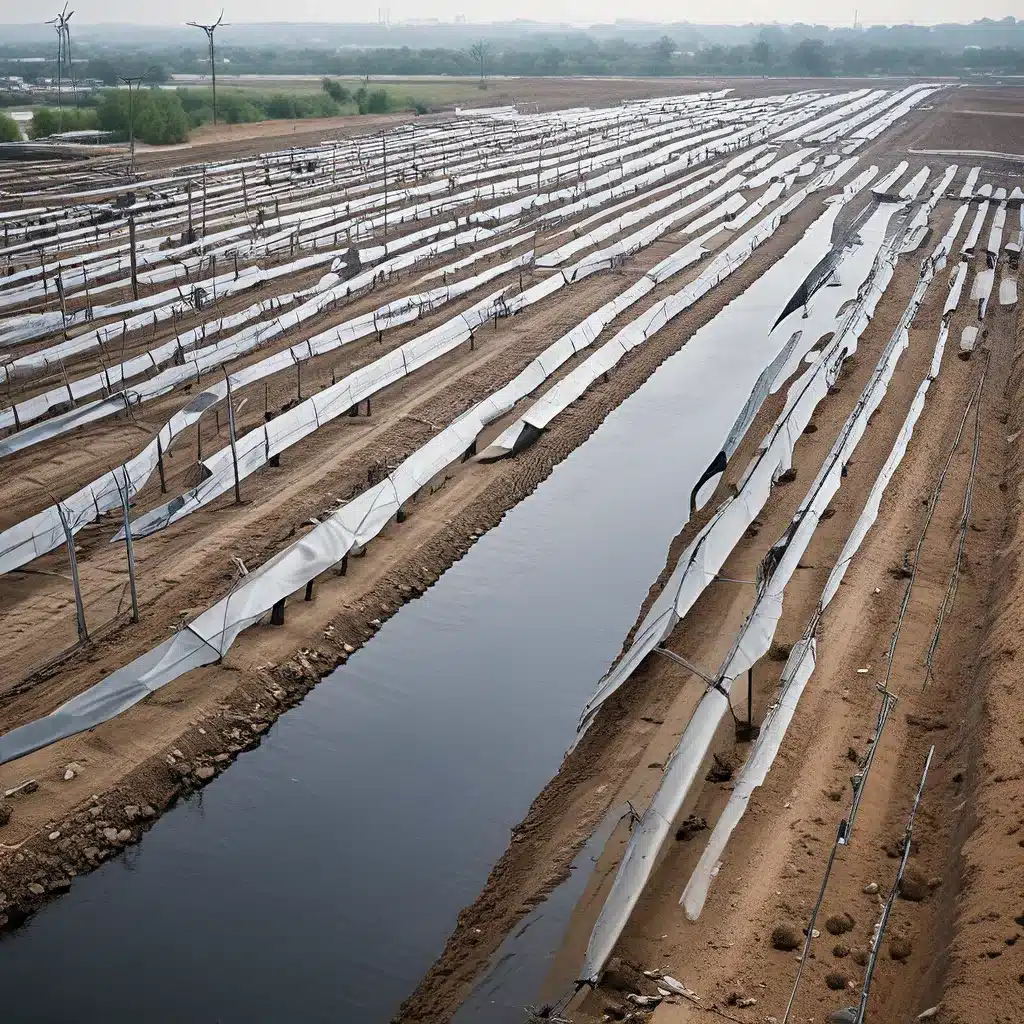
The Water-Energy Nexus: Unlocking Sustainable Solutions
Water and energy – two of the most fundamental resources that our modern world depends on. But did you know that these two vital components are intrinsically linked, forming a complex and interdependent relationship known as the water-energy nexus? It’s a captivating dance, where the thirst for energy fuels the extraction, treatment, and distribution of water, while the need for water is equally paramount in the production of energy.
As the global population surges and climate change intensifies, the pressure on these resources has never been greater. But amidst the challenges, a surge of innovative strategies is emerging, harnessing the power of renewable energy to revolutionize the way we manage water infrastructure. Join me as we dive into this fascinating realm, exploring how water utilities, research institutions, and forward-thinking individuals are redefining the boundaries of sustainability.
Quenching Thirsty Desalination: The Green Revolution
Let’s start with the elephant in the room – desalination. As freshwater sources dwindle, this energy-intensive process has become a vital lifeline, providing clean drinking water to millions worldwide. But the environmental costs have been steep, with traditional desalination plants guzzling vast amounts of fossil fuels and leaving behind a trail of carbon emissions.
Thankfully, the tide is turning. Innovative minds have risen to the challenge, developing low-energy reverse osmosis membranes and leveraging renewable energy sources to power desalination plants. These advancements are revolutionizing the industry, significantly reducing the carbon footprint and making desalination a more viable and sustainable option.
Take Singapore, for instance. Recognized as a leader in water management, the city-state is actively seeking out cutting-edge solutions to address its water scarcity challenges. They’re scouting for innovators to develop low-energy desalination technologies, recognizing that the key to unlocking a water-secure future lies in harnessing renewable energy sources.
Utility-Scale Renewable Energy: Powering the Water Sector
But it’s not just desalination that’s reaping the benefits of renewable energy. Water utilities around the world are leading the charge, transforming the way they power their operations. By embracing solar, wind, and even wastewater-derived bioenergy, these forward-thinking organizations are reducing their reliance on non-renewable sources and slashing their operational costs.
One shining example is the San Diego Public Utilities Department, which has implemented a comprehensive renewable energy program. By integrating solar power into their water treatment processes, they’ve not only reduced their carbon footprint but also demonstrated the immense potential of this water-energy symbiosis.
But the story doesn’t end there. Water utilities are also exploring innovative practices, such as using wastewater treatment plants as bioenergy generators. These versatile facilities are being repurposed to convert organic matter into renewable fuel, showcasing the remarkable synergy between water management and energy production.
Interconnected Strategies: Unlocking the Full Potential
The water-energy nexus is a complex web of interdependencies, and truly harnessing its power requires a holistic, interconnected approach. It’s not just about adopting renewable energy technologies; it’s about integrating water management into energy policy planning and exploring the myriad ways these two resources can work in harmony.
From Scotland to Helsinki and Melbourne, water utilities are leading the charge, implementing energy-efficient water pumps, optimizing water distribution networks, and seamlessly integrating renewable energy sources into their operations. These comprehensive strategies are not only conserving precious resources but also minimizing the environmental footprint of both water and energy systems.
As I reflect on this incredible journey, I’m reminded of a quote from Our Future Water’s newsletter: “The bond between water and energy is inseparable and bidirectional.” It’s a sentiment that resonates deeply, for the path to a sustainable future lies in understanding and embracing this intricate relationship.
Conclusion: A Future Powered by Renewable Energy and Water
In a world grappling with the dual challenges of water scarcity and climate change, the need for innovative solutions has never been more pressing. But as we’ve seen, the water-energy nexus holds the keys to unlocking a more sustainable tomorrow. From energy-efficient desalination to utility-scale renewable energy integration, the strategies being employed are not only transforming the way we manage our most precious resources but also paving the way for a more resilient and environmentally-conscious future.
As we continue to push the boundaries of what’s possible, I can’t help but feel a sense of excitement and optimism. The future is ours to shape, and by harnessing the power of renewable energy in our water infrastructure, we can create a world where water security and energy sustainability go hand in hand. So, let’s dive in, explore the depths of this fascinating nexus, and be the catalysts for change that our planet so desperately needs.


